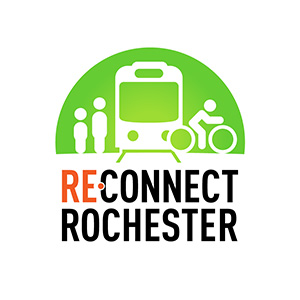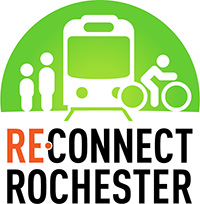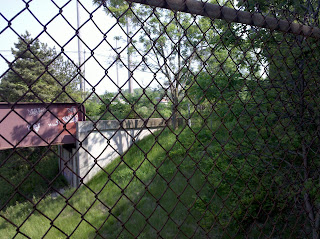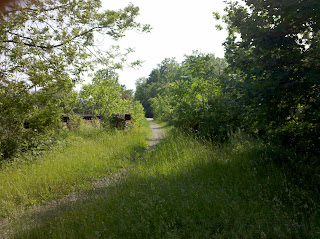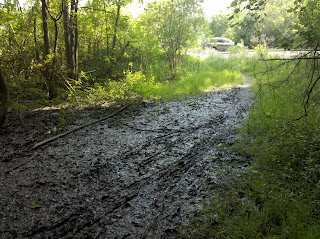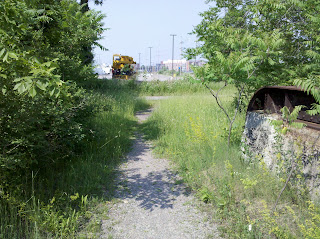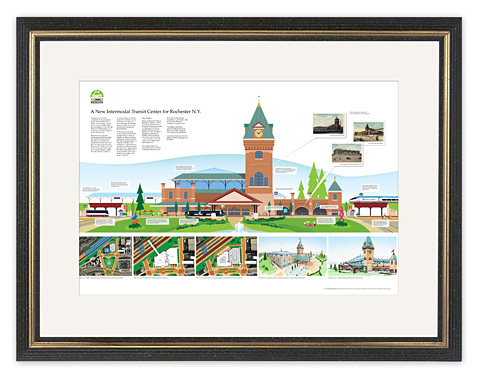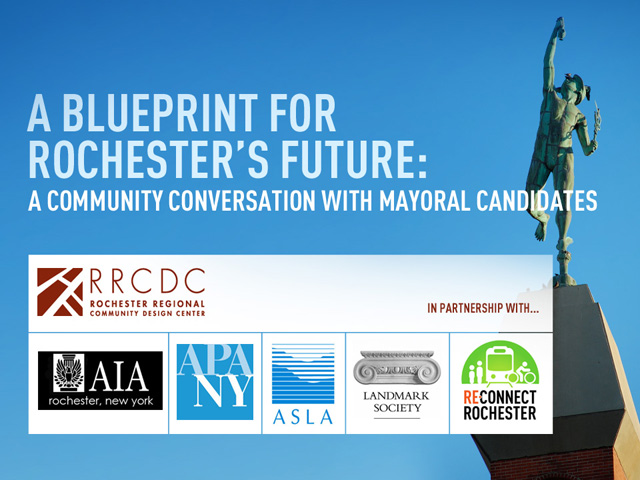Walk, Bike, Smile, Thrive
Jon Schull
Scott Macrae
Walking and biking is good for your health, good for your state of mind, good for Rochester. And its about to get better.
Less than a year after the newly-formed Rochester Cycling Alliance began advocating for comprehensive bike-friendly planning and development, the City of Rochester has developed and released a Bicycle Master Plan that will encourage better bike lanes, neighborhood greenways, and urban trails, and stimulate similar developments in neighboring municipalities. The Town of Brighton has just received a planning grant from the federally-funded Genesee Transportation Council to develop a plan for bikeable and walkable connections between the University of Rochester, RIT, MCC, and downtown Rochester.
The
Greater Rochester Active Transportation Symposium will feature national leaders who will report on how active transportation planning in cities like Madison Wisconsin, and Minneapolis Minnesota has made roads safer, expanded transportation options, and increased community liveability and attractiveness, especially for young people critical for regional vitality and growth.
Consider the facts. The average Rochester family spends 19% of its income on transportation–about $8,000 a year. Yet over half of our trips are 5 miles in duration or less–perfect for biking. If even a fraction of our car commutes became bike commutes, effective family incomes could increase by thousands of dollars, and most of those dollars (hundreds of millions of dollars!) would circulate in Rochester’s economy, rather than Saudi Arabia’s. And by the way, mental alertness and fitness would increase along with life expectancies and productivity (cyclists live 2 years longer on average and lose 15% fewer days off work due to illness).
Rochester’s leaders and planners are attending the symposium because they are ready, willing, and able to listen and respond to forward-looking cyclists and community builders. But they need to know that the community supports and understands the incredible potential of active transportation planning for Rochesterian cyclists and non-cyclists alike.
So here’s what you can do to help make this vision a reality.
· Understand it. Attractive bikeways and walkways create and preserve thriving communities populated by energetic and forward thinking citizens. Energetic and forward thinking citizens create and sustain livable cities with rich transportation options, less obesity and heart disease, lower carbon footprints, less dependence on foreign oil. (Its not rocket science. Its better.)
· Know that realizing this vision need not be expensive. Portland Oregon’s entire cycling infrastructure was built for less than the cost of a single mile of urban expressway (and Portland now saves twenty times that much money per year in miles not driven).
· Ask for it. While the health benefits of cycling outweigh the safety risks 20 to 1, those benefits today go to those who are willing to brave roadways that are often scary and unappealing. Ask for better walkways and bikeways.
· Vote with your feet. Bike more, walk more, smile more. You’ll feel better, and you’ll help the community thrive.
